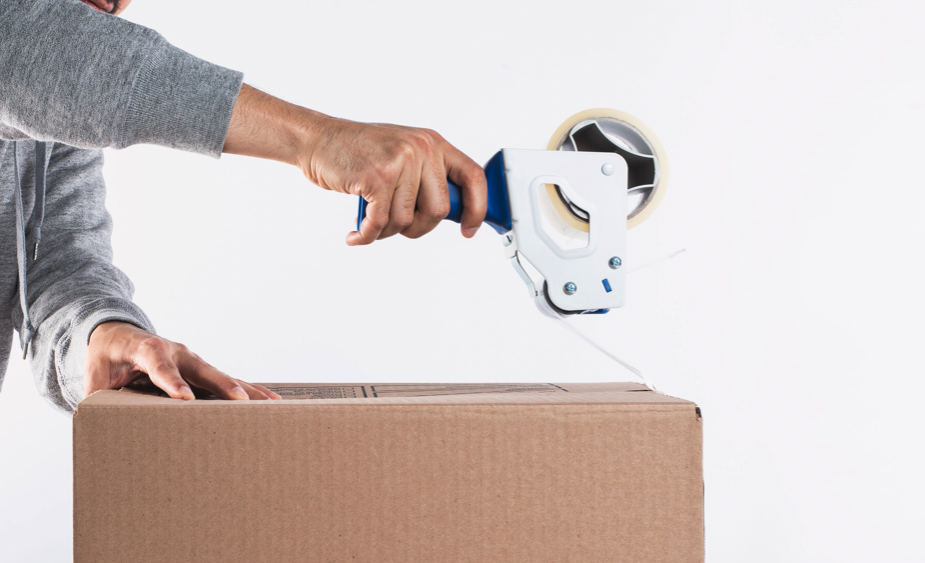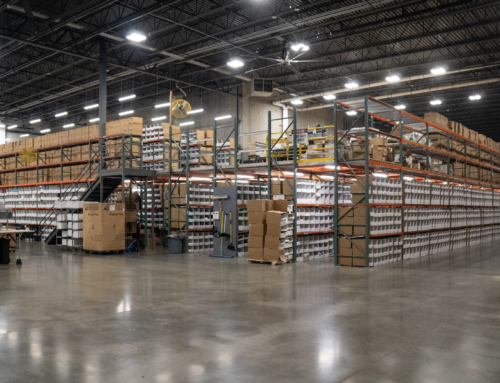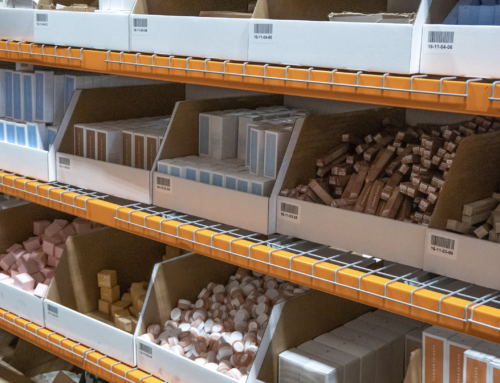The time and effort needed to ensure customers have a memorable shopping experience go without saying. Endless amounts of time shooting, adjusting your store, and creating emails should pay off. As no surprise, the supply chain variables including the sourcing, packaging, and shipping of products is a completely different animal. At times, it may be a foreign concept to understand and optimize as a shop or brand owner.
At Drive Fulfillment, we understand and work to help you decipher the ins and outs of profitable supply chain management and third-party logistics. We understand that shipping is a key part of your business and that it has a direct impact on how customers receive your product and perceive your brand.
Depending on how you look and understand it, a strategic shipping strategy can be a major asset rather than a burdensome expense. Charting a defined shipping strategy that streamlines the supply chain process is imperative. As a result, the following overview of eCommerce and Shopify shipping should get you started on the right foot.
How Shopify Shipping Works?
No matter your level of skill and understanding of Shopify shipping, it’s important to review the basics. As a Shopify merchant, there are a variety of options and advantageous app integrations to explore.
Generally, shipping in Shopify refers to the built-in feature and shipping page that Admins can access. To start basic shipping from your store, you are required to complete the following tasks:
- Set up your address and shipping origin
- Add product weights
- Choose preferred package types
- Add shipping zones to verify the regions your store will ship to
- Define the shipping rates for each of these zones that will appear during checkout (ex: free shipping or cost-by-weight)
This mode of Shopify shipping is available to stores that are based in the US, with corresponding rates that apply to USPS, DHL Express, and UPS, in addition to Canada Post, which is exclusively used in Canada. The Shopify Shipping suite gives you (the merchant) the ability to calculate rates, process orders, and print shipping labels in bulk.
Upsides of the Default Shipping system:
As expected, there are undoubtedly some logistical complexities that come with fulfilling your own orders. As a result, integrated Shopify features work to help ease the process.
Centralized database: This means that Shopify monitors every step of the customer’s order, so you don’t have to copy and paste information like an address or tracking number.
Label generation: Shopify merchants can print labels from any device connected to a thermal label or desktop printer. Simply print and paste it on the package.
Rate & carrier options: Explore exact rates from carriers or choose to offer flat-rate shipping, weight-based shipping, exact-cost shipping, or free shipping to customers.
Bulk order management: This feature allows you to prepare several orders at once. Streamlining the process by printing and labeling several orders at once can save valuable time and energy.
Downsides of the Default Shipping system:
Despite the basic shipping features Shopify integrates into their system, some limitations still persist. Anything outside the basic realm of functioning may require some manual intervention.
Difficult to accurately calculate the right rates: You must be based in the United States or Canada to use Shopify shipping with calculated shipping rates. This means you’re otherwise stuck with flat rate shipping. More than that, you are required to enroll in an Advanced Shopify plan or higher to set up custom credentials with different carriers and couriers. When it comes to international shipping, Shopify doesn’t automatically calculate tax and import duties for international shipments. It can get even more complicated when manually completing a customs declaration form.
Fulfillment is time-consuming: It obvious that even at a micro level, managing shipping and logistics can be overwhelming. Time spent printing labels, packing boxes, and running to the post office can take you away from more strategic tasks. Don’t underestimate the time and mental energy that manual tasks demand. If orders aren’t shipped on time, customers can quickly become provoked.
Challenging to scale: Once you reach a certain point, manually fulfilling orders becomes logistically impossible. If you don’t plan to grow, keeping a simple at-home fulfillment operation may work for you. However, as your business grows, offering a consistent customer experience is vital. Finding the best shipping rates, services, and speeds to compete with competitors is imperative to sustainable growth. As a result, merchants often turn to external providers and fulfillment partners to expand and manage growth.
So why use a third-party (3PL) to fulfill Shopify orders?
Partnering with an experienced third-party logistical entity or fulfillment center can be well worth the investment. Simply ask your biggest competitors. Working with a 3PL allows you physically distribute your inventory, cut costs, and optimize once tedious logistical tasks.
Benefits of working with a 3PL like Drive Fulfillment:
A large number of Shopify merchants and business owners have turned to 3PL’s and Fulfillment Centers to handle Shopify shipping. Outsourcing Fulfillment means that you save time and money with access to sophisticated shipping options managed by experts. The difference that discounted shipping rates, warehousing, picking, packing, and return automation can make is unmatched.
At Drive Fulfillment, we go above and beyond the best shipping rates. Our customized fulfillment solutions include Custom Packaging, Kitting and Assembly, On-Demand Printing, and eCommerce integrations. Our ability to distribute inventory across multiple fulfillment locations across the US and world increases speed while decreasing costs. More than this, custom warehouse management software gives the peace of mind and ability to track every step of the process. Interested in hearing more about how to scale your business with Shopify and Drive Fulfillment? For more information or to explore our Utah-based full-service marketing and fulfillment center, contact us today.






